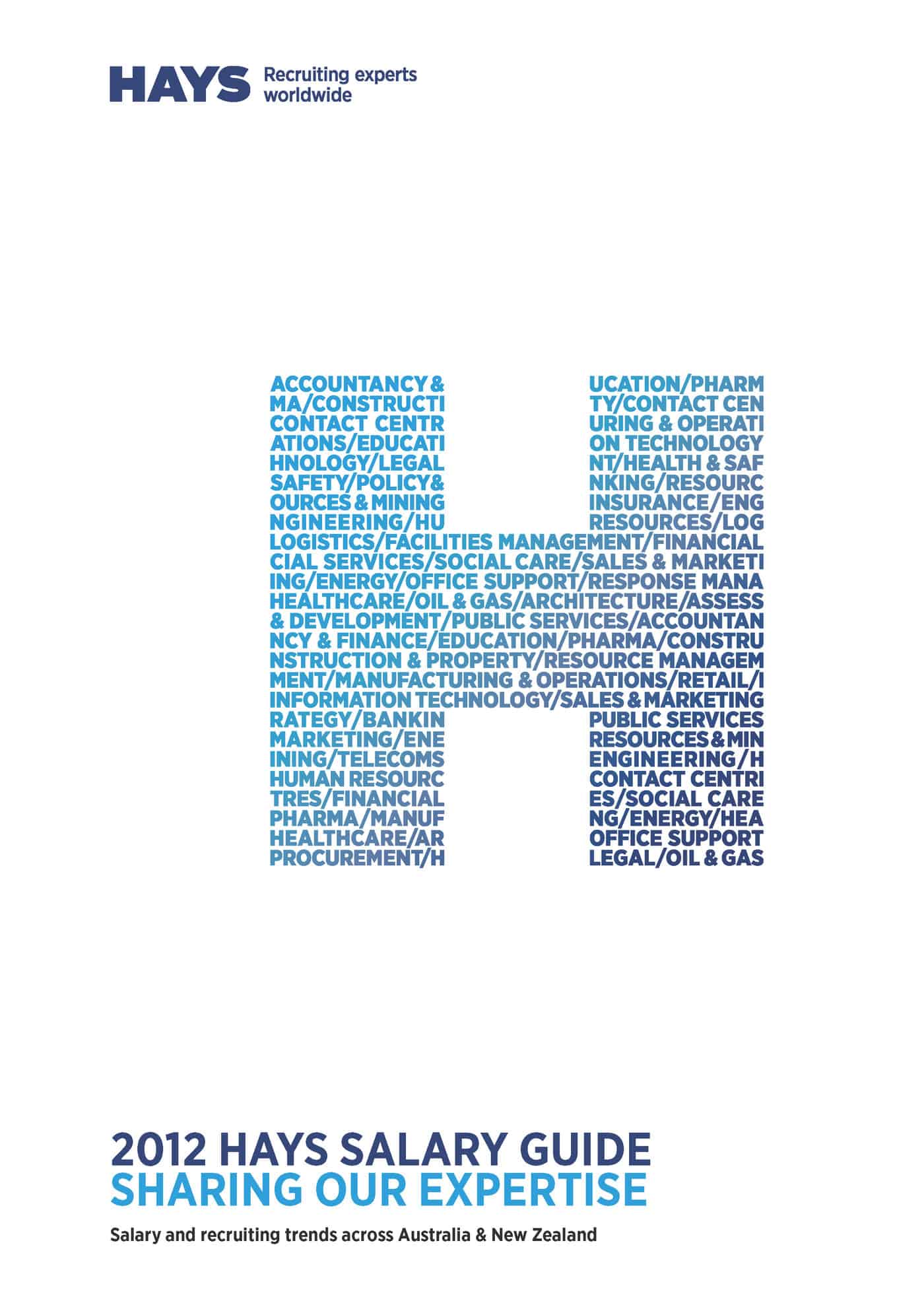 Australian recruiting company, Hays, has released its annual salary surveyin which it says that there is increasing demand for OHS professionals in Australia however the salary levels seem comparatively low, particularly at the entry-level. The survey says that the introduction of harmonised OHS laws in most Australian States has:
Australian recruiting company, Hays, has released its annual salary surveyin which it says that there is increasing demand for OHS professionals in Australia however the salary levels seem comparatively low, particularly at the entry-level. The survey says that the introduction of harmonised OHS laws in most Australian States has:
“…led to increased accountability and thus demand for high risk safety experts.”
It could be said that many safety experts have been “high risk” but the quote above places safety in a risk context. Safety professionals must be able to understand and deal with business risks in the broader context. In some sectors risk management integrates OHS but in others, where risk management is almost exclusively concerned with insurances and safety is the purview of a Health and Safety Representative, OHS is shunned as a foreign concept or a poorly under threat. Continue reading “Another salary survey shows increased demand for OHS professionals”




